Ever wanted to design a wildlife garden, but were limited by space? Here’s a guide on how to design a small wildlife garden, by Leigh Murray.
Despite having no formal training in design, I found the idea of designing a small 5 metre x 5 metre garden an appealing challenge and had a go.
Clarifying aims for the design
I started by clarifying my aims. As someone who is often indoors for long periods, I wanted to:
- attract wildlife to the garden
- have movement and sound that could be appreciated from indoors.
I imagined a heavily planted courtyard garden surrounded by a wall or brush fence, in front of north-facing windows.
I began by sketching out a bubble diagram, that showed the spaces and then began to populate it with possible plants.

Step 1. Choose a slender tree
The crucial element for this garden would be a slender tree with sturdy branches to act as a landing pad for passing birds. While I’d lose a little northerly winter sun, having a bird-attracting tree would more than compensate. I’d keep it well pruned to maximise sun penetration in winter.
Birds enjoy quite a skimpy tree such as our current spindly Eucalyptus caesia. This is less than a metre spread and is a big hit with birds – they love to perch in it.
I would need a nectar-rich, long-flowering eucalypt, probably a dwarf form of Eucalyptus leucoxylon ‘rosea’ (eg. ‘Euky Dwarf’) or perhaps Eucalyptus caesia.
Other possibilities are E. curtisii, E. lansdowneana, E. mannifera ‘Little Spotty’, Acacia rubida, A. spectabilis and Banksia marginata. All these should suit training as a slender tree. See some images of these below.
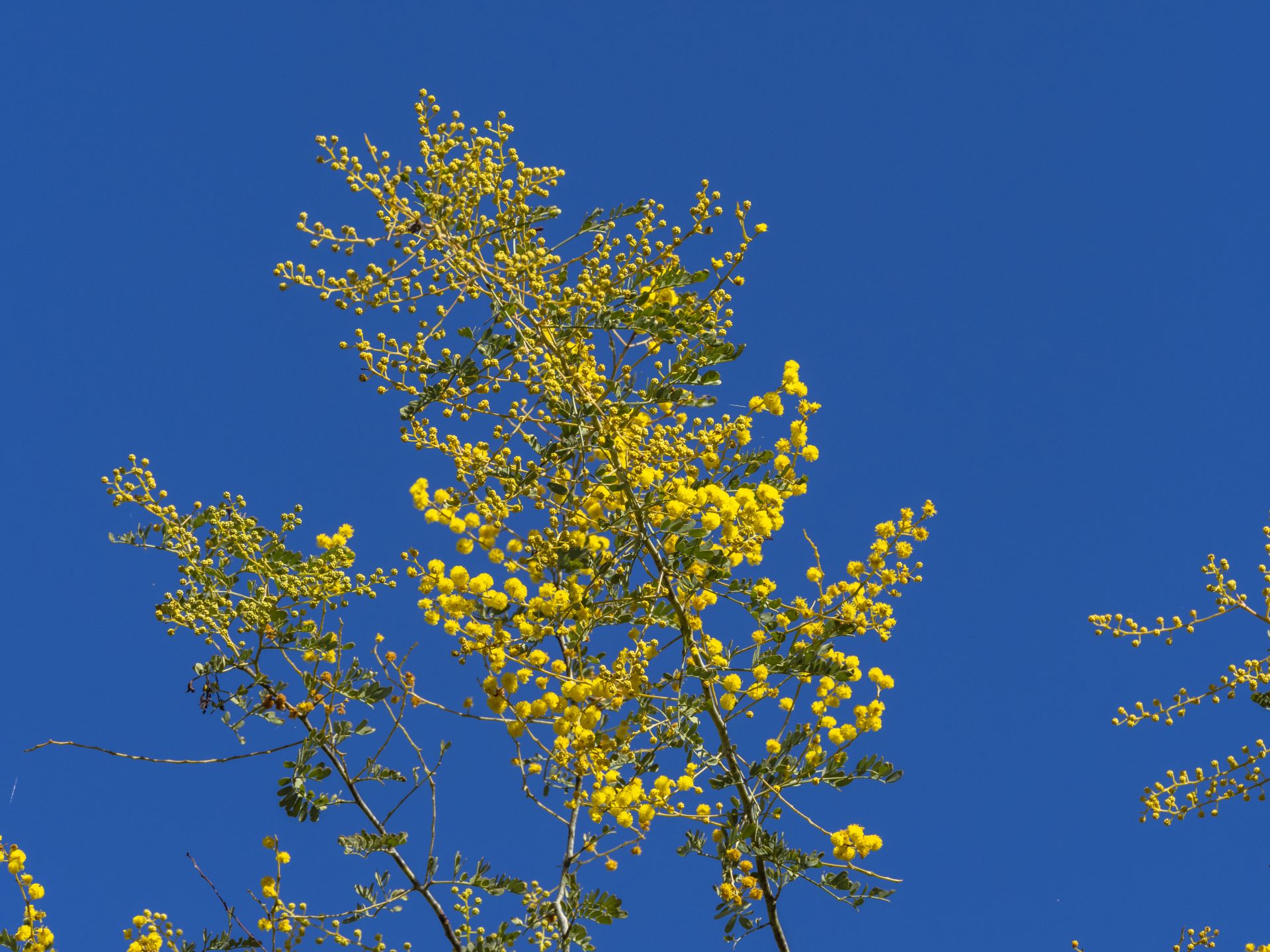
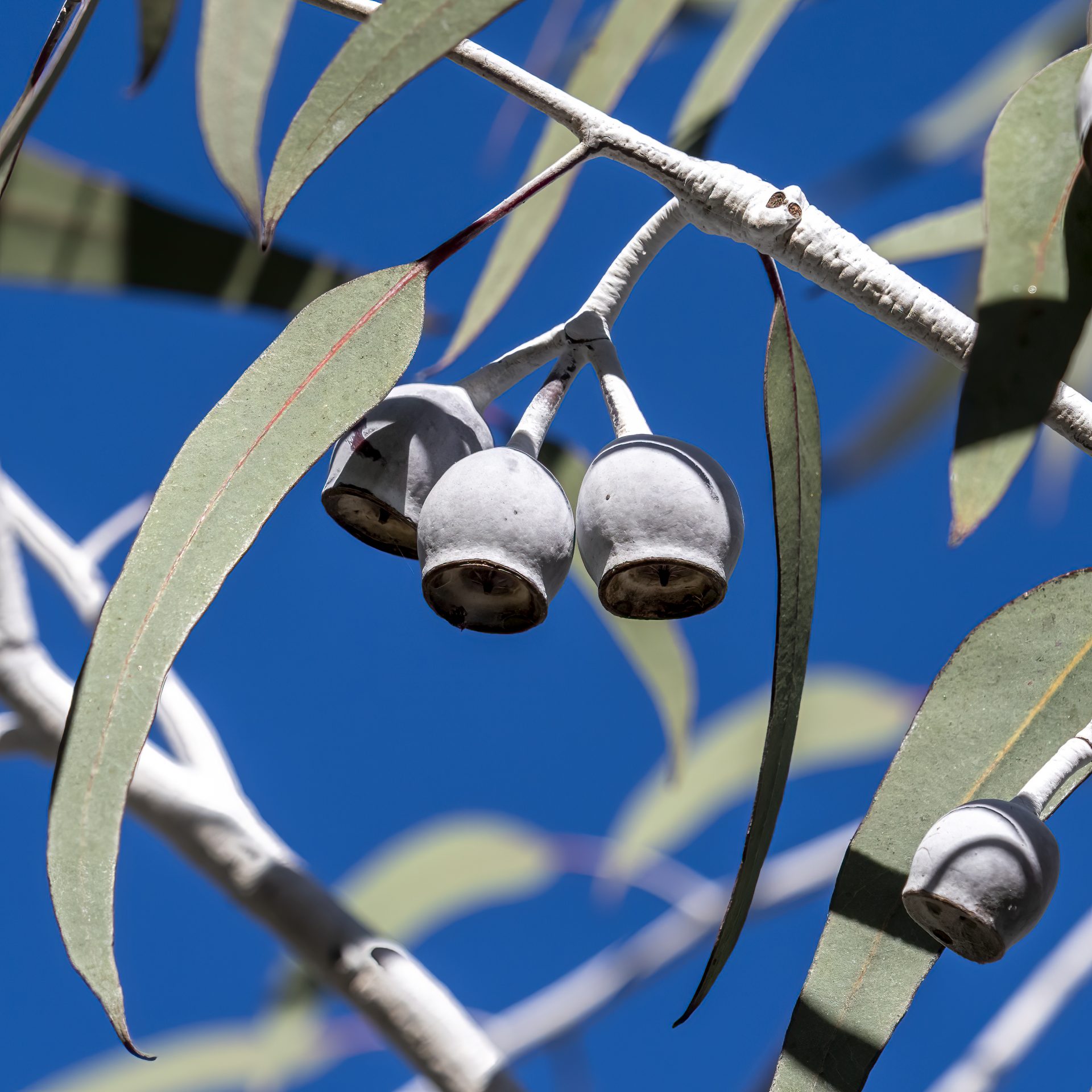

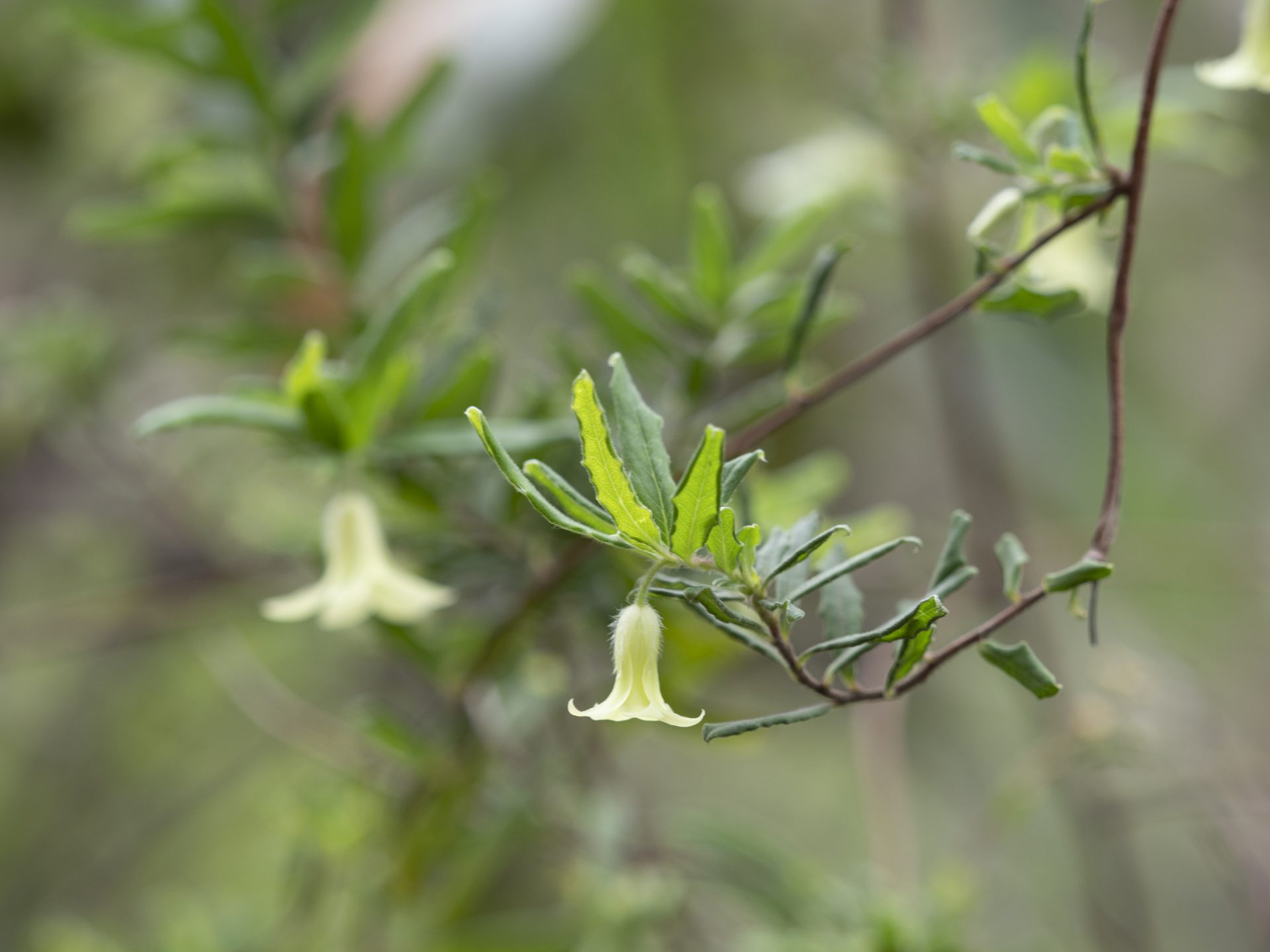
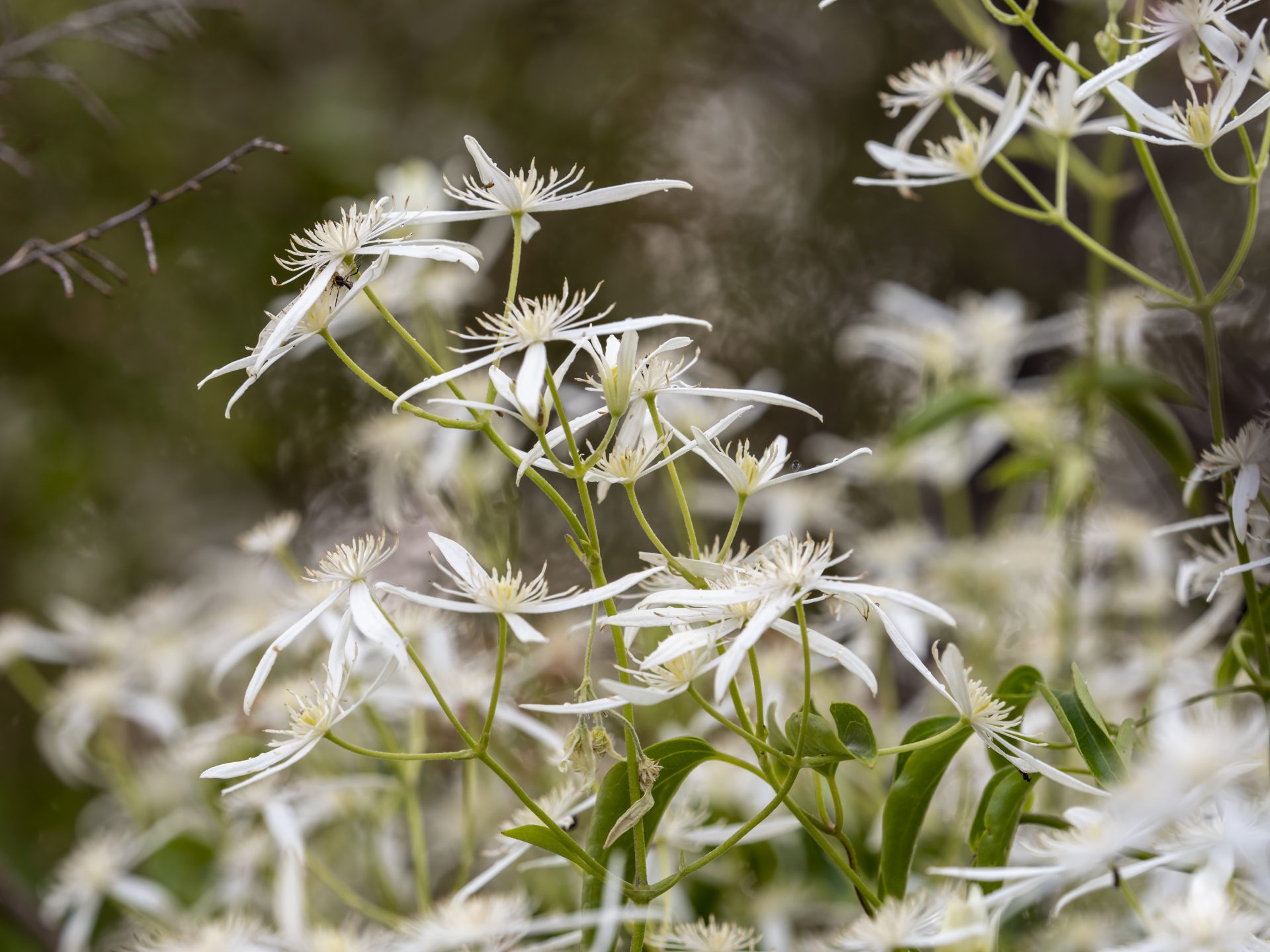
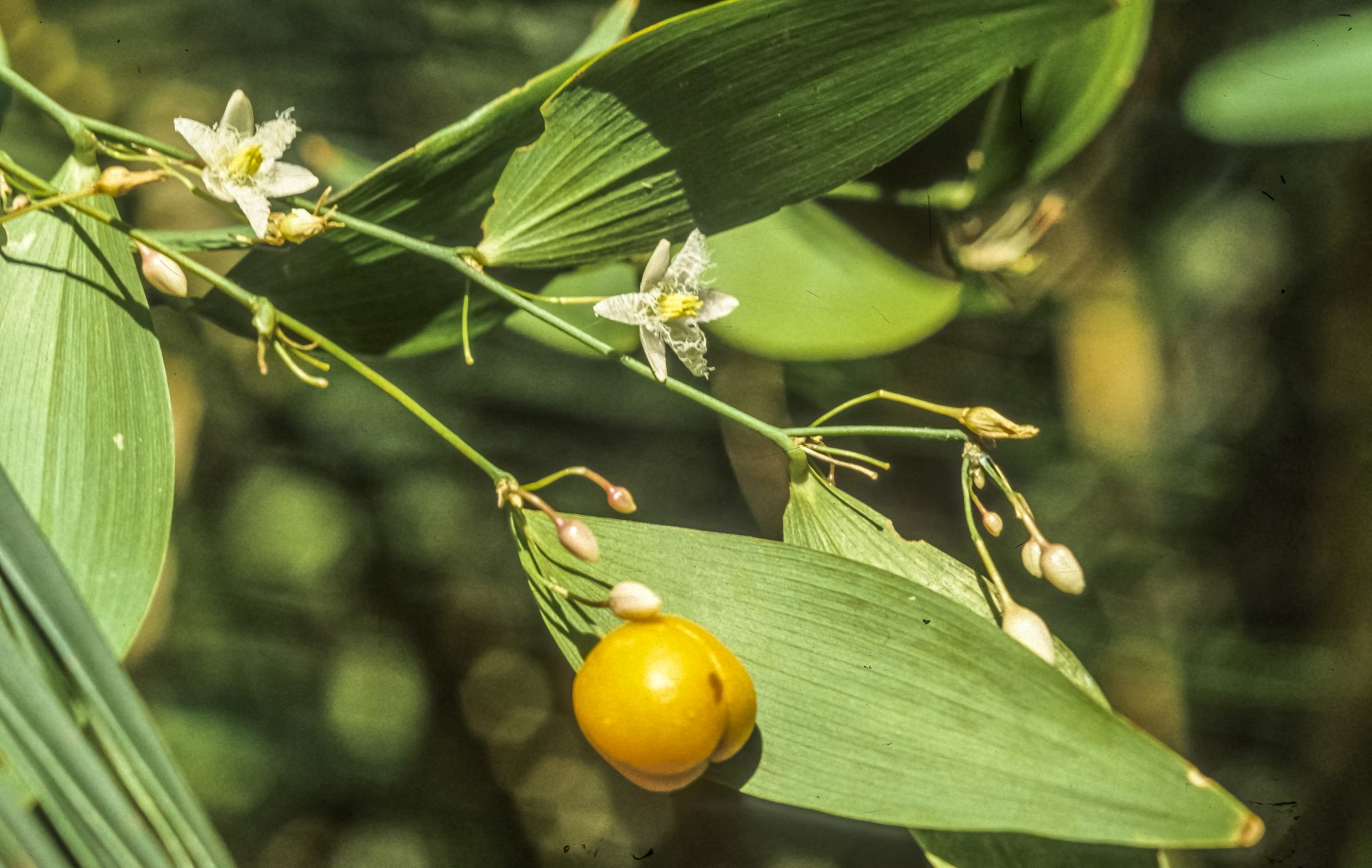
Step 2. Select climbers and scramblers
Climbers provide excellent habitat for small birds. So the second element would be climbers trained onto an L-shaped structure on the north and west sides of the courtyard.
The supporting structure, such as wire trellis spread between star pickets or timber posts, would be set about half a metre inside the fence-line.
This is just enough space for me to squeeze along to prune and train the climbers, to keep them where I want them: out of shrubs and trees and neighbours!
My colour preference would be purple or white Hardenbergia violacea or, more rampant, the gorgeous bright white flowers and feathery fruits of Clematis aristata. A lighter climber I’d consider is Clematis microphylla, which has cream flowers.
As well as climbers, I’d include several scrambling twiners, such as Billardiera scandens and Eustrephus latifolius, and that very scrambly shrub, Epacris longiflora.
Step 3. Determine groundcovers
Because climbers can leave an untidy gap at the bottom of the trellis, I’d grow a tall carpet of low shrubs. I’d keep these to about a metre high, and good plants would be Correa glabra red form or C. baeuerlenii or C. reflexa.
Step 4. Pick shrubs of various heights
In the main bed, I’d add tall skinny shrubs (several Eremophila calorhabdos and a Grevillea speciosa ssp. oleoides), clumps of Anigozanthos flavidus (Kangaroo Paw) and a Grevillea ‘Poorinda Royal Mantle’ as ground cover.
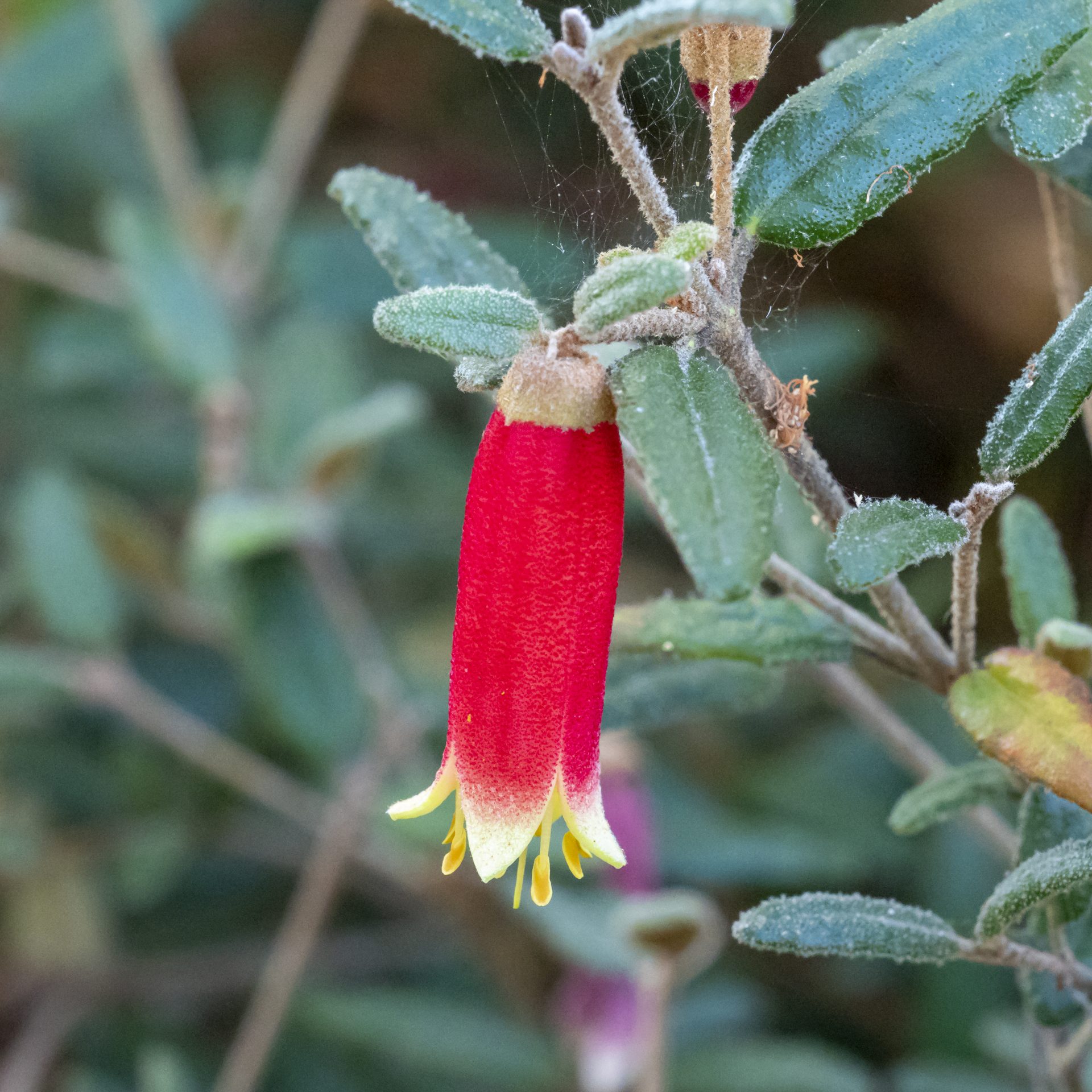
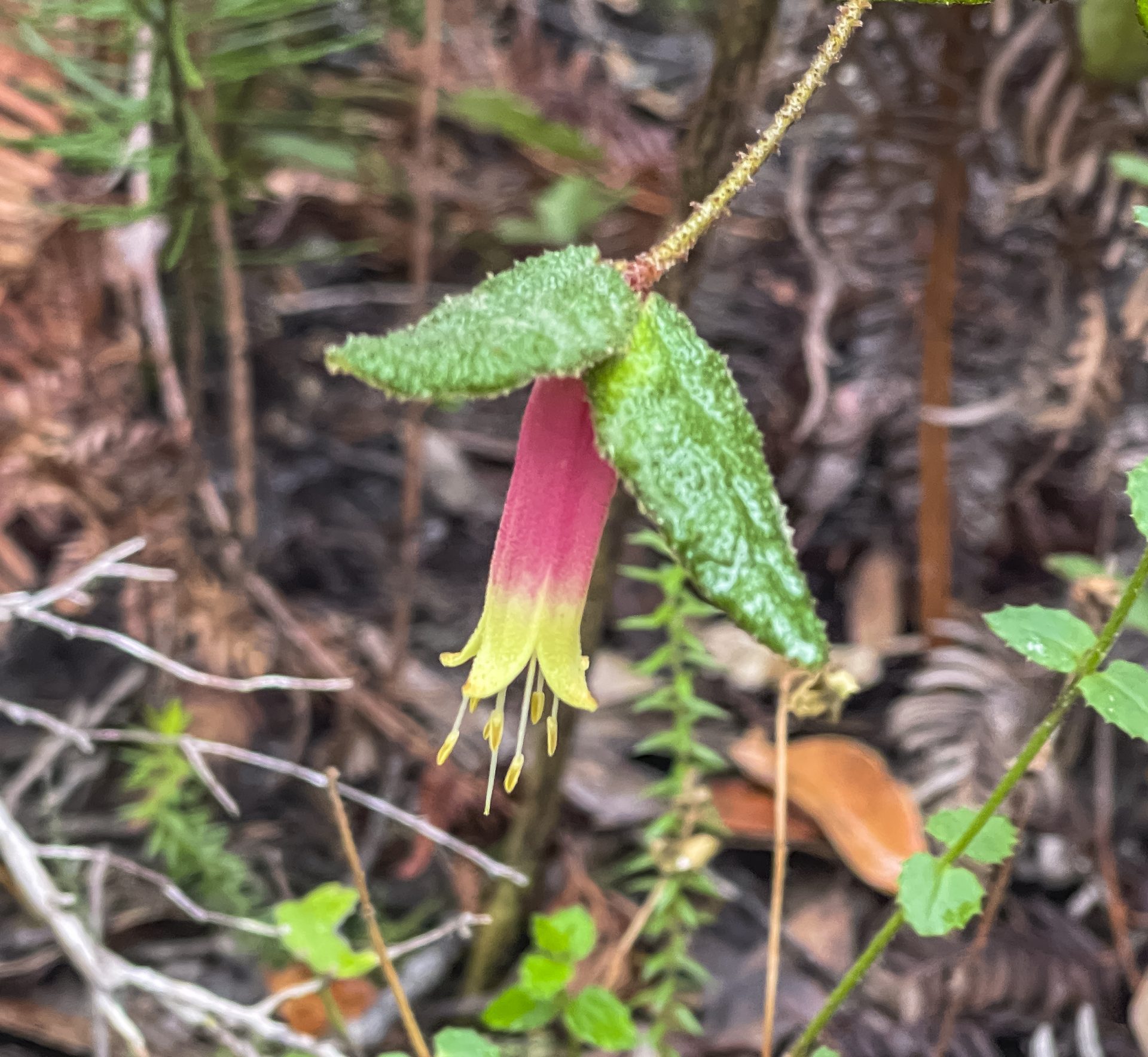

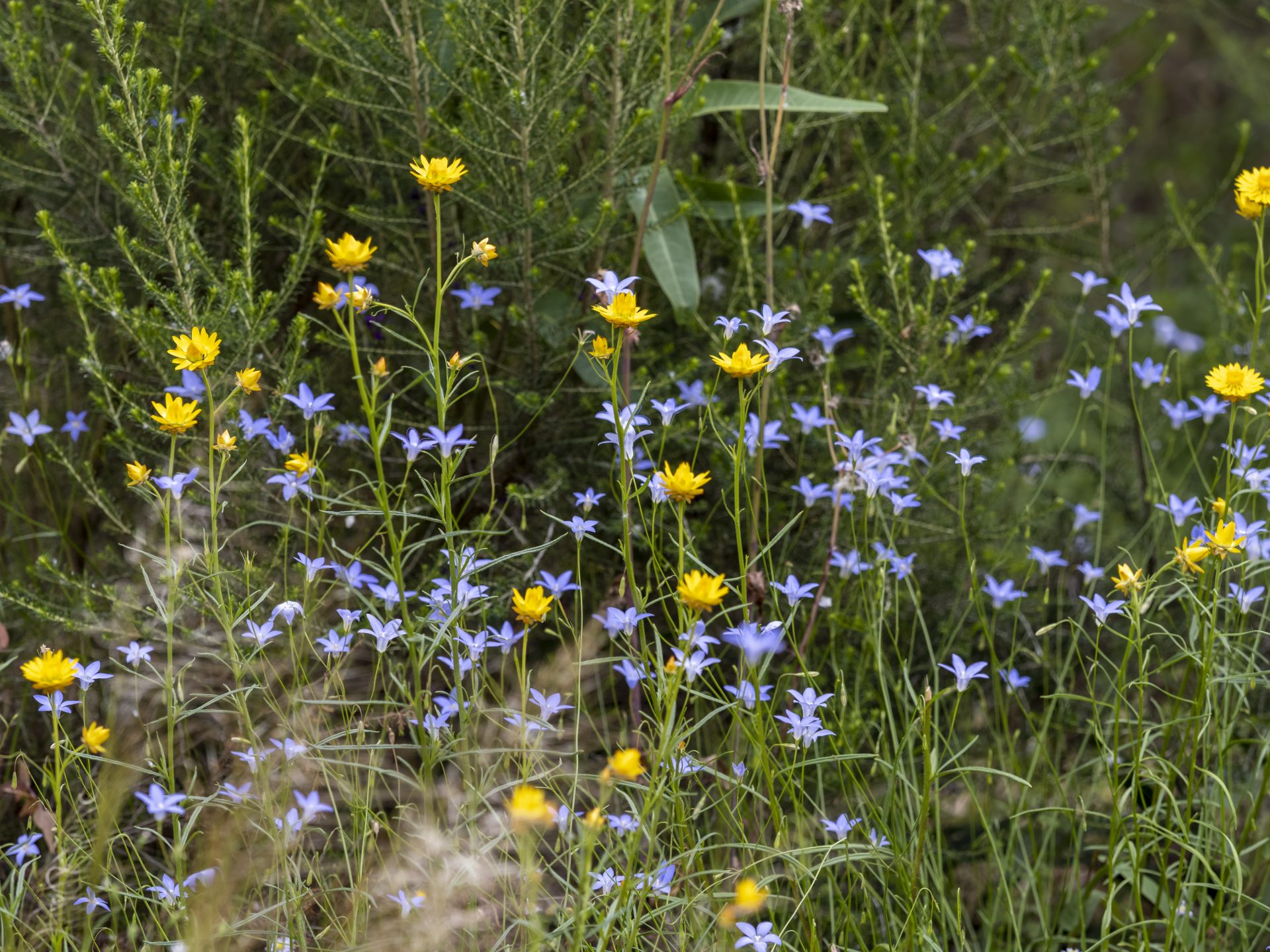
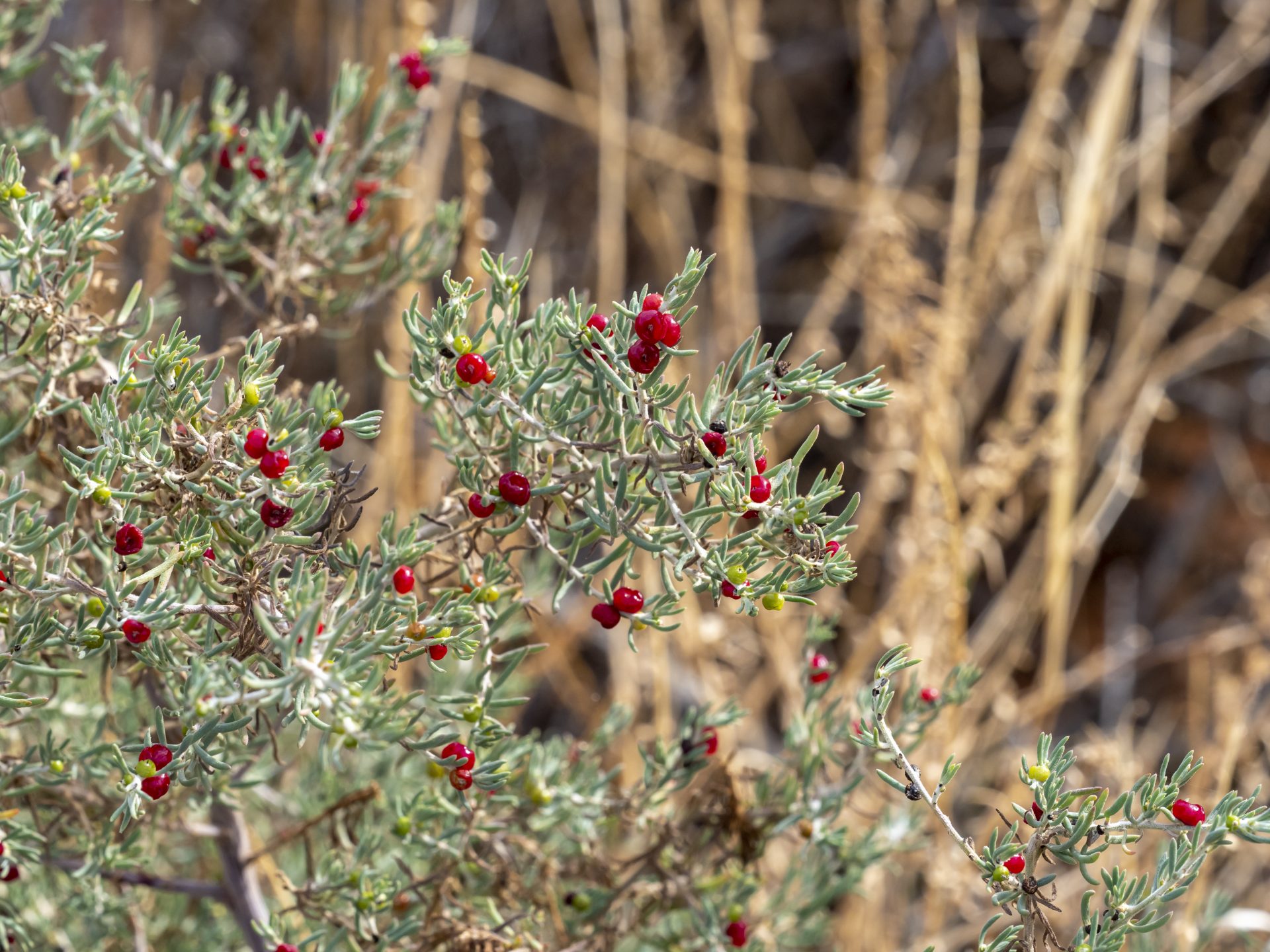
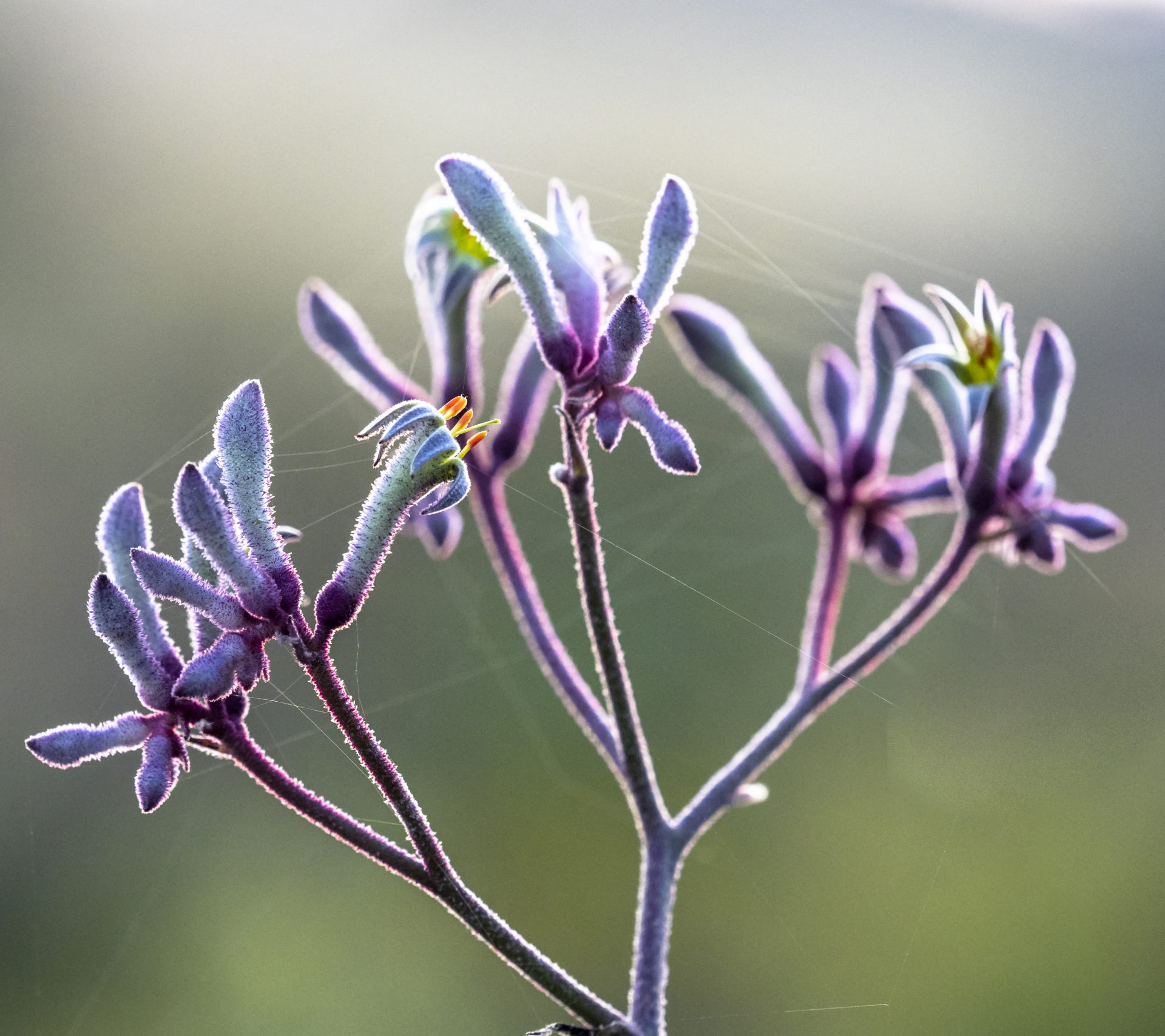
Step 5. Put in a frog pond and rockery
I’d add a small frog pond based on a 60 litre recycling crate placed in the ground beside logs. The frog pond would be outfitted with rocks, lots of oxygenating water plants (eg. Vallisneria spiralis, Marsilea mutica and Myriophyllum verrucosum), and small fish (preferably indigenous, definitely not goldfish).
On the south-eastern side of the courtyard, I’d put rocks and logs as habitat for lizards. This would include a Banksia ‘Giant Candles’ pruned to a tall skinny shape, and a few small acacias (eg. Acacia boormanii dwarf). I’d add Xerochrysum viscosum daisies, small strappy plants (eg. Lomandra ‘Tanika’ or Dianella ‘Little Jess’), and a shallow bird bath.
Around the rocks, I’d try Kunzea pomifera, Enchylaena tomentosa or Einadia nutans. These all have tasty berries, popular with birds and lizards. I’d mulch the whole courtyard with tiny pebbles to allow excellent water penetration. They don’t become water repellent and make a good firm footing for paths.
And I’d have a bench seat or two for sunning and outdoor observation.
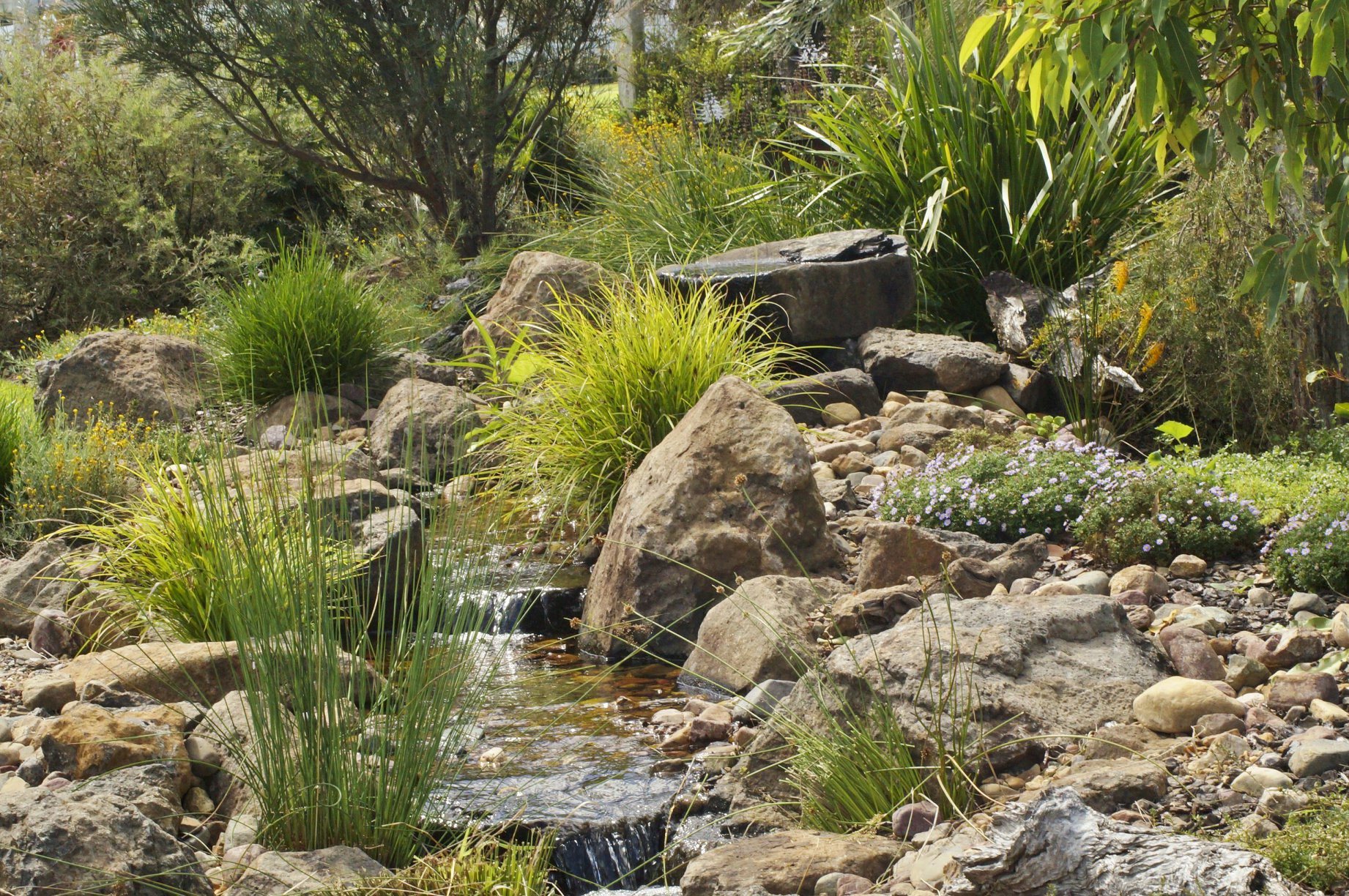

Step 6. Choosing the plants for your location
The plants mentioned are top-class plants for wildlife in our area. Most are long-flowering and nectar-rich, with small tubular or spider flowers. Such flowers don’t favour the large honeyeaters at the expense of little birds. All of them do well for us and none are weedy in our conditions. In other areas, different species might suit better so it’s important to do the research to suit your conditions. Here is a link to the ANPSA Plant Profiles to check out options for your area.
However, the basics for a small wildlife garden remain:
- a tree
- climbers
- a large bed of shrubs
- a frog pond
- rocks and logs
- a bird bath, and
- easy access for pruning so that plants can be kept within bounds and performing at their peak.
I might modify the plantings after a few years, but this is how I would start creating a small garden for wildlife.
Adapted the October 2006 issue of the Study Group Newsletter, edited and images Heather Miles
 Australian Native Plants Society (Australia)
Australian Native Plants Society (Australia)